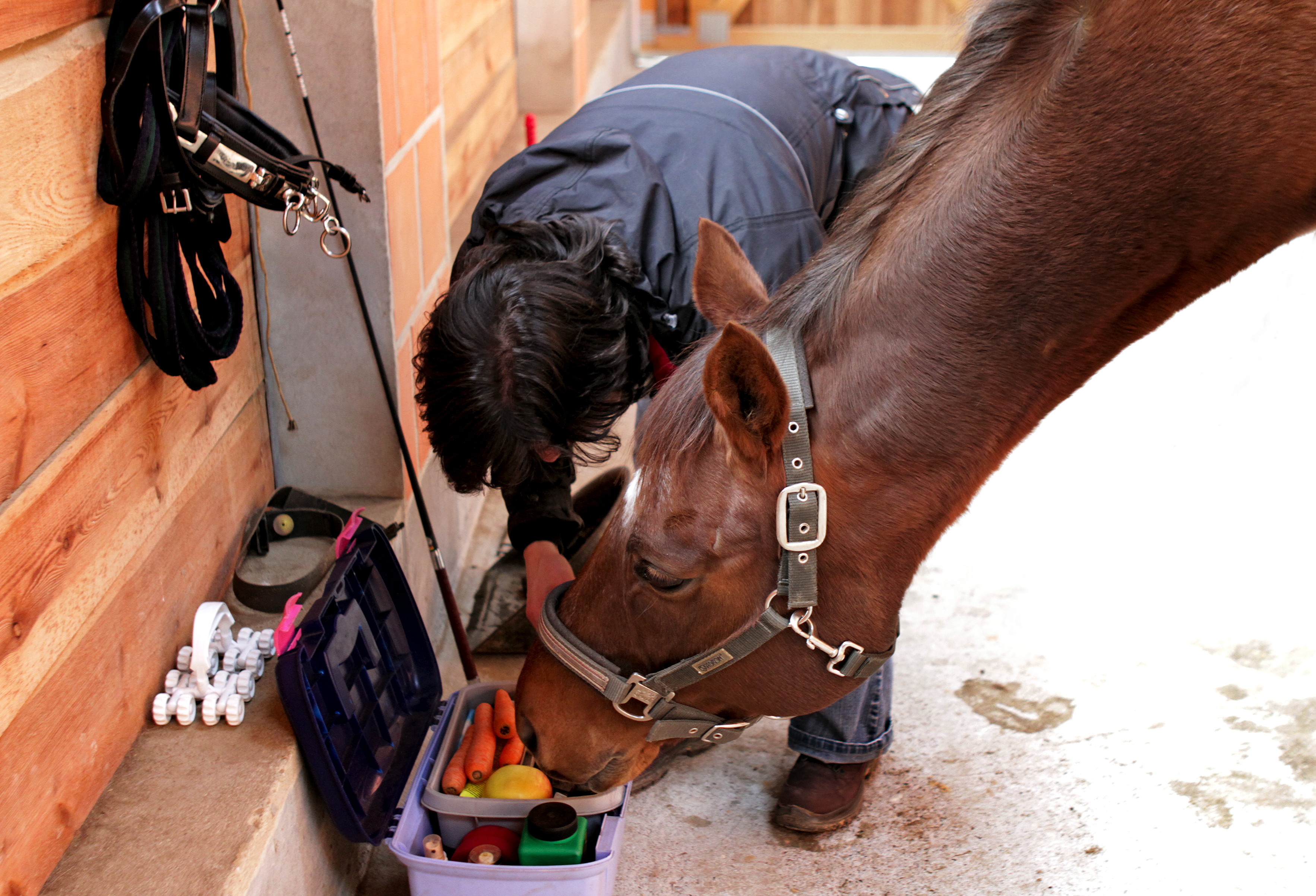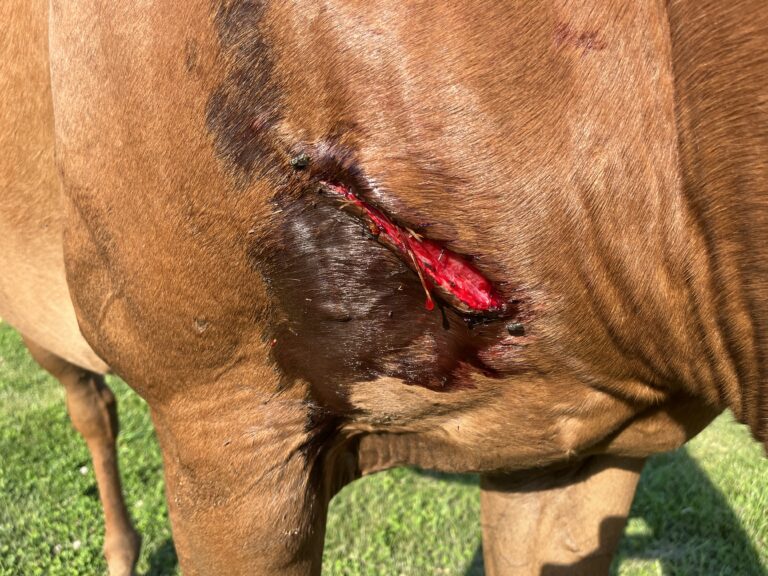Q: Every fall I wonder how to best manage my horse’s coat. I don’t want to clip him too early and sometimes wonder if I should clip at all. What is the best practice to keep him comfortable and clean as we transition from summer into fall and winter?
A: Crisp autumn air has arrived and so has new growth on your horse’s coat. Seasonal transitions can pose challenges for your horse, but regular grooming can help. Coats already begin growing out as early as mid-August to prepare for the cooling temperatures. During this time, your horse may become itchy and uncomfortable. You can maintain your horse’s comfort and health through the seasons by developing a seasonal grooming routine.
By paying close attention to your horse’s environment, his coat length and luster and any signs of discomfort, you can prevent skin issues and help him enjoy a healthy transition into the new season.

)
Determine your routine. Currying is always the go-to practice for new seasons. To remove loose hair and debris, vigorously rub circles all over your horse’s coat. Use a gentle rubber curry comb, not a metal curry, on shorter transitional coats. For a very woolly horse, try adding a deshedding comb or rake to your routine. Using this tool on the longer areas of the coat can loosen the hair and make horses look more presentable through the season. A rake with closely placed teeth is ideal for dense, compact coats. While your horse’s coat will likely determine the type of tools to use, you can also consider the horse’s personality. Each horse is different and may have a preference between curry combs and clippers. Try a few different tools to see how your horse responds before finalizing your routine.
Try clipping your horse. Experienced equine groomers can opt to clip the horse if he is not yet shedding or has just started to shed. I recommend clippers that are cordless (for mobility) and have the ability to run for a few hours at a time. I also like clippers that have removable battery packs that can be swapped out during long grooming sessions. You still need to curry a clipped horse, as he will shed the fragments of hair that are left from the previous season’s coat. I like to use a grooming glove since you can get into every nook and cranny. This can also help you detect any health issues or discomfort your horse may be experiencing.
Keep the coat clean and dry. Inclement weather—and the mud that follows—can leave a horse cold and wet. Try to make sure your horse spends a portion of every day in a nice, dry environment. As the weather cools, it’s especially important to ensure that moisture does not get trapped in your horse’s coat. A fine, short coat in the summer is more conducive to evaporating sweat and regulating your horse’s temperature. As the coat grows longer, an active horse will require a regular grooming routine. Currying the coat as it grows out can prevent moisture from getting trapped. Clipping the legs and pasterns down the back also helps keep the skin dry. When trimming, avoid clipping in an upward motion, as that could nick or irritate the horse’s skin and invite infection.
Take a closer look. If you notice your horse’s coat is dull and has lost its luster or if your horse exhibits signs of discomfort during grooming, check his skin. Scratches, rain rot and other skin conditions can crop up at this time of year. Use your fingers to feel beneath the coat. Check the armpits, chest and face closely for any hidden issues like bumps, scabs or roughness. You can try working a bit of cornstarch-based baby powder through the coat or zinc oxide cream for moderate skin issues. If you discover any major irritations, consult your veterinarian.
By paying close attention to your horse’s environment, coat length and luster and any signs of discomfort, you can prevent issues and help your horse enjoy a healthy transition into the new season.
Cat Hill has worked as a farm manager and groom for several top riders, including cutting-horse champion Craig Thompson and top eventer Mara DePuy. She currently works as a freelance groom, teaches lower level riders in dressage, jumping and eventing and serves as an educator for Andis grooming supplies. Throughout the years, she has worked at almost every type of competition, from the local fair to the Pan American Games.











